During embryonic development, which of the following germ layers forms the nervous system?
Ectoderm
Endoderm
Mesoderm
Exoderm
Correct Answer : A
The three germ layers that form during embryonic development are the ectoderm, mesoderm, and endoderm. The ectoderm is the outermost layer, and it gives rise to the skin, hair, nails, and nervous system. The nervous system develops from a specialized region of the ectoderm called the neural plate, which invaginates to form the neural tube. The neural tube ultimately gives rise to the brain and spinal cord, which make up the central nervous system, as well as the peripheral nervous system. The endoderm gives rise to the lining of the digestive and respiratory tracts, while the mesoderm gives rise to the musculoskeletal system, circulatory system, and several other organs. The exoderm is not a germ layer and does not exist during embryonic development.
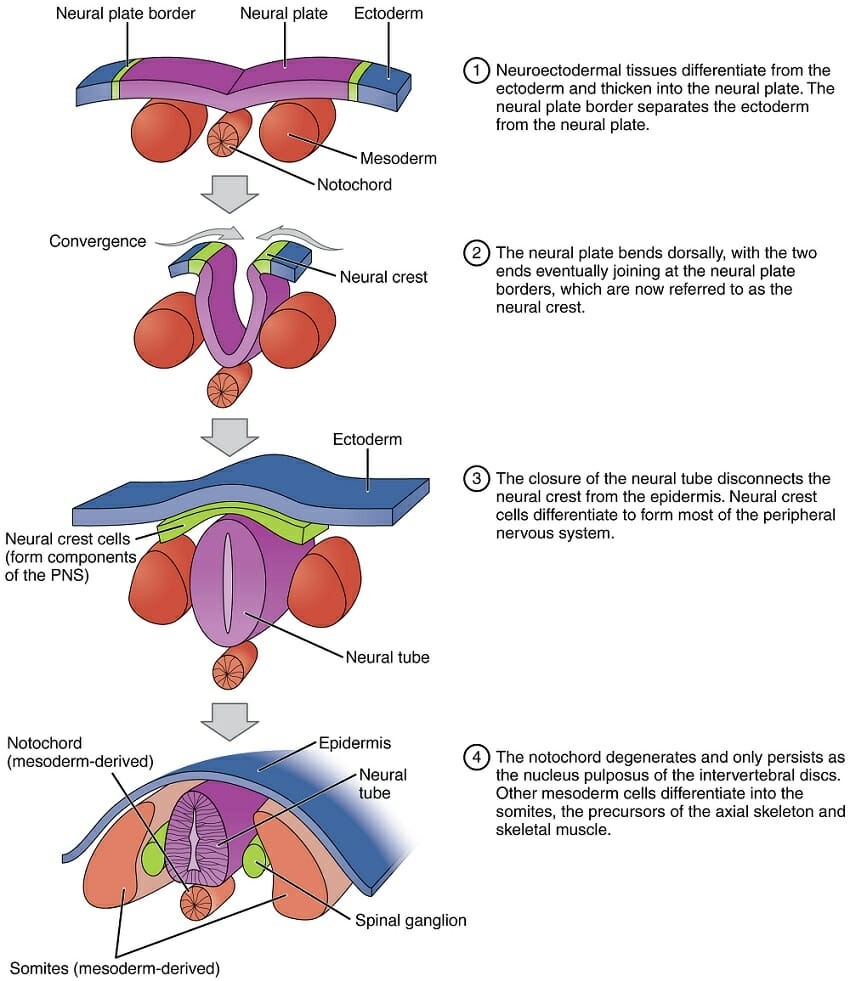
TEAS 7 Exam Quiz Bank
HESI A2 Exam Quiz Bank
Find More Questions 📚
Teas 7 Questions: We got the latest updated TEAS 7 questions
100% Money Refund: 100% money back guarantee if you take our full
assessment pass with 80% and fail the actual exam.
Live Tutoring: Fully customized live tutoring lessons.
Guaranteed A Grade: All students who use our services pass with 90%
guarantee.
Related Questions
Correct Answer is C
Explanation
Spirometry is a common pulmonary function test that measures pulmonary ventilation, specifically assessing the volume and flow of air that can be inhaled and exhaled from the lungs. It provides important information about lung function and can help diagnose various respiratory conditions.
The other options do not relate to spirometry:
- A. Urinary capacity of the bladder: This is measured by urodynamics or bladder capacity tests, not spirometry.
- B. Volume of blood in the body: This can be estimated using different methods, such as dilution techniques or imaging, but not spirometry.
- D. Number of turns in the small intestine: This relates to the anatomy and function of the digestive system and is not measured by spirometry.
Thus, spirometry specifically evaluates how well the lungs are functioning in terms of air movement.
Correct Answer is B
Explanation
The mitral valve is located between the left atrium and left ventricle of the heart and helps to regulate the flow of blood between these chambers. It consists of two leaflets or flaps that open and close in response to changes in pressure as the heart beats.
During diastole, when the heart is relaxed and filling with blood, the mitral valve opens to allow blood to flow from the left atrium into the left ventricle. During systole, when the heart contracts to pump blood out of the left ventricle and into the systemic circulation, the mitral valve closes to prevent backflow of blood into the left atrium.
The mitral valve is one of four valves in the heart that help to ensure the unidirectional flow of blood through the heart and the rest of the circulatory system. Problems with the mitral valve, such as mitral valve prolapse or mitral stenosis, can lead to a range of symptoms and complications, including shortness of breath, fatigue, chest pain, and heart failure.
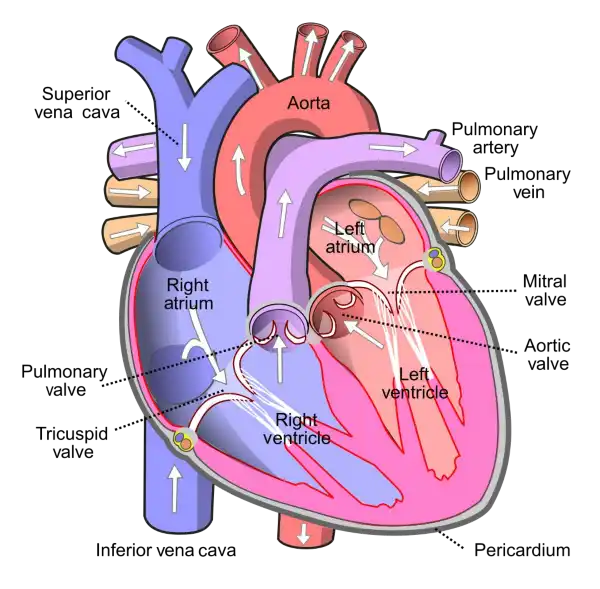 |
Correct Answer is B
Explanation
Exothermic reactions are reactions that release energy in the form of heat, light, or sound. Burning wood is an example of an exothermic reaction because it releases heat and light. As the wood reacts with oxygen in the air, it undergoes a combustion reaction that releases energy in the form of heat and light. Melting ice is an endothermic reaction because it requires energy input to melt the solid ice into liquid water. Cooking an egg is a chemical reaction that involves denaturing the proteins in the egg, but it is not necessarily exothermic or endothermic. Dissolving sugar in water is also not an example of an exothermic reaction because it does not release energy in the form of heat, light, or sound.
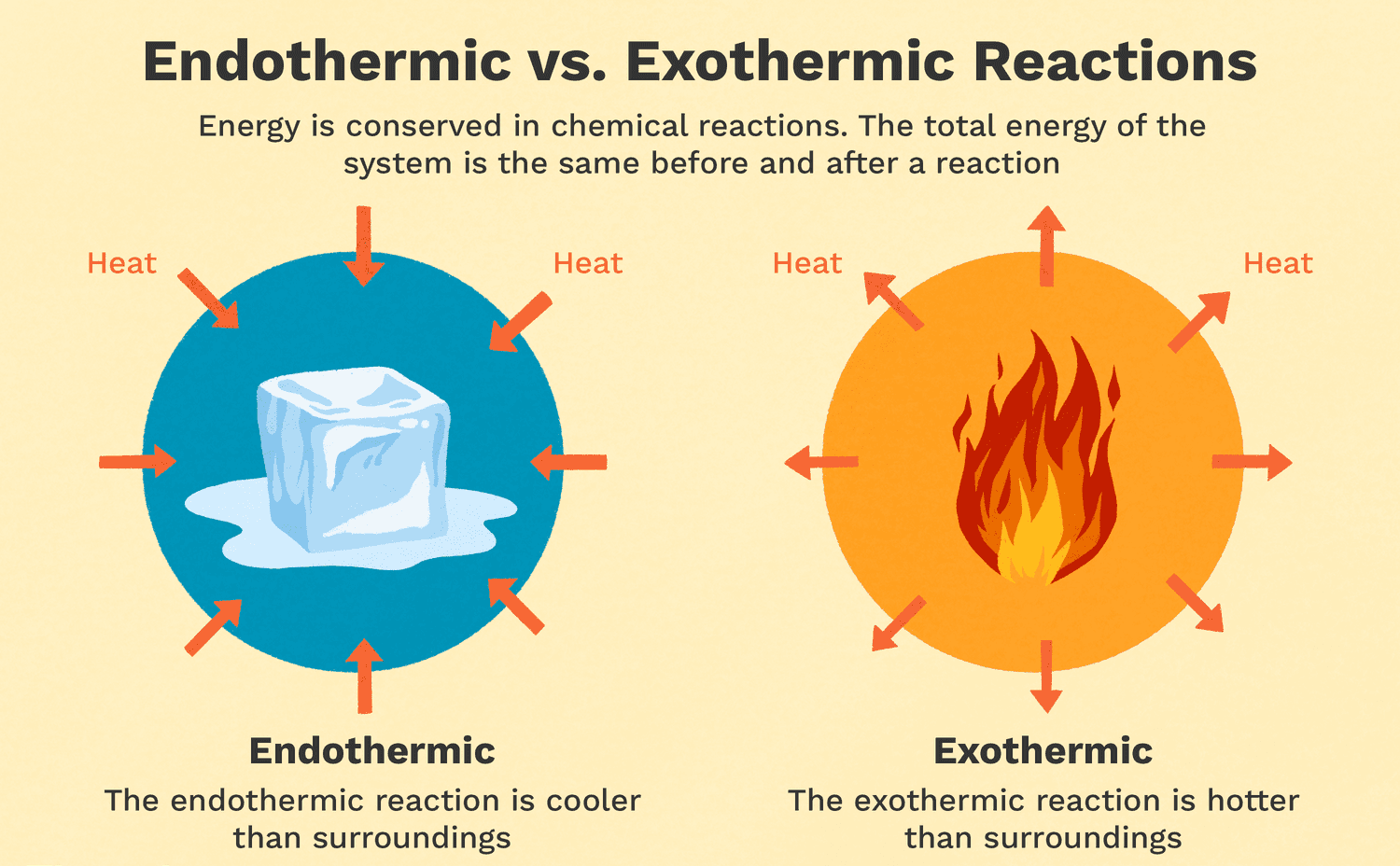
Correct Answer is A
Explanation
Electrons are subatomic particles that possess a very small mass compared to protons and neutrons. The mass of an electron is approximately 11836of the mass of a proton or neutron, making it negligible when calculating the atomic mass of an atom.
In atomic mass calculations, protons and neutrons are considered because they make up the bulk of the atom's mass:
- Proton: Positively charged, and each proton has a mass of about 1 atomic mass unit (amu).
- Neutron: Neutral charge, with a mass also close to 1 amu.
- Electron: Negligible mass, contributing very little to the atomic mass, which is why the atomic mass number is typically determined by the number of protons and neutrons.
Quarks are the fundamental constituents of protons and neutrons but are not typically referred to in terms of atomic mass.
Correct Answer is B
Explanation
The epididymis is a coiled tube located at the back of each testicle where the sperm mature and are stored until ejaculation. Sperm are produced in the testes and then transported to the epididymis where they undergo maturation and become motile. The epididymis provides a protective environment for the sperm, allowing them to mature and become more resilient to external stressors. During ejaculation, the sperm are transported from the epididymis to the vas deferens and then to the urethra for ejaculation.
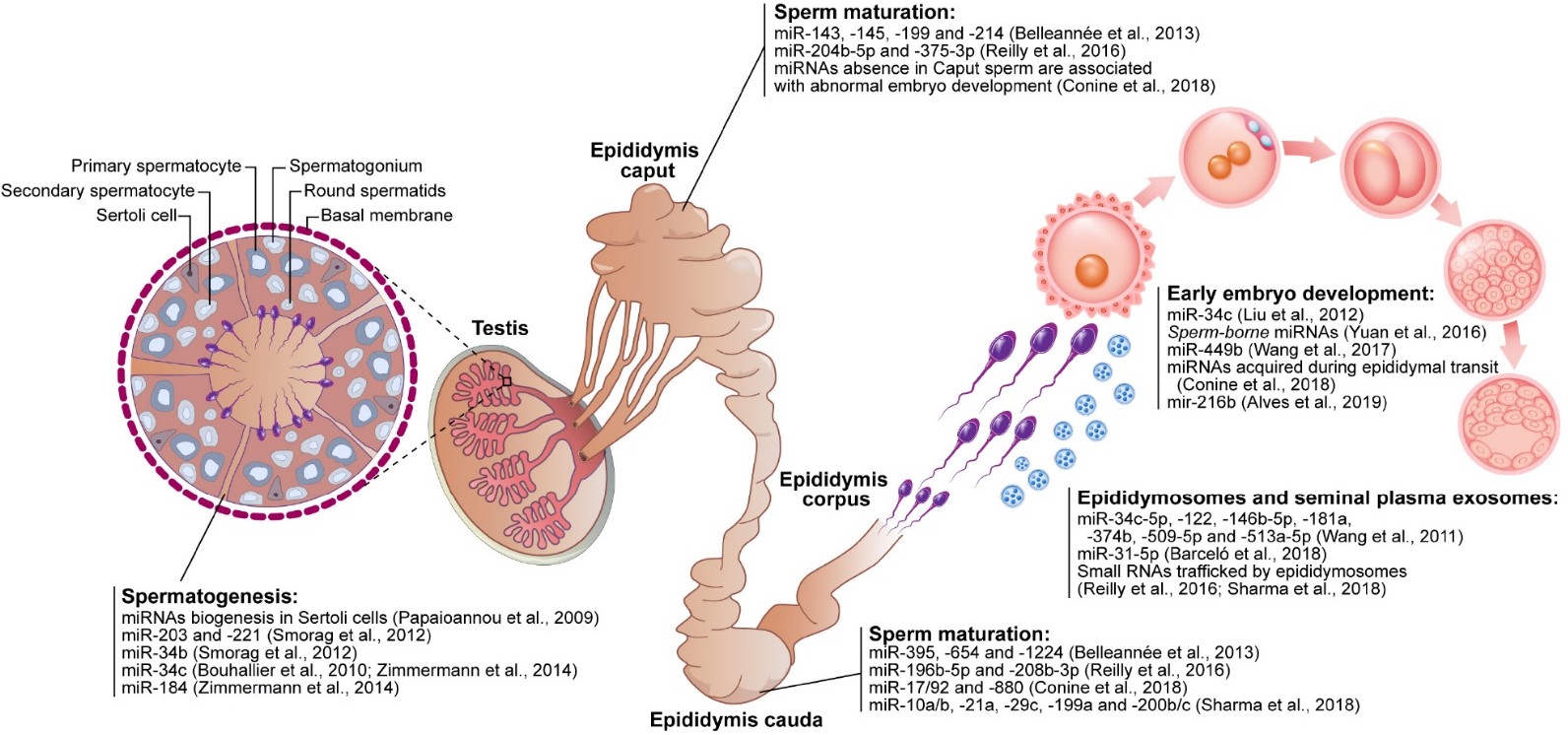 |
Correct Answer is D
Explanation
A double-blind study is a research design in which neither the participants nor the researchers know which group participants are assigned to. This is done to minimize bias and ensure that the results of the study are as objective as possible. In a double-blind study, the treatment and control groups are randomly assigned, and the participants and researchers are unaware of which group each participant is assigned to. Option a) is an example of a randomized controlled trial, which is a common research design, but it is not necessarily double-blind. Option b) is an example of an open-label study, in which both the participants and the researchers know which group each participant is assigned to. Option c) is an example of a single-blind study, in which the participants do not know which group they are assigned to, but the researchers do.
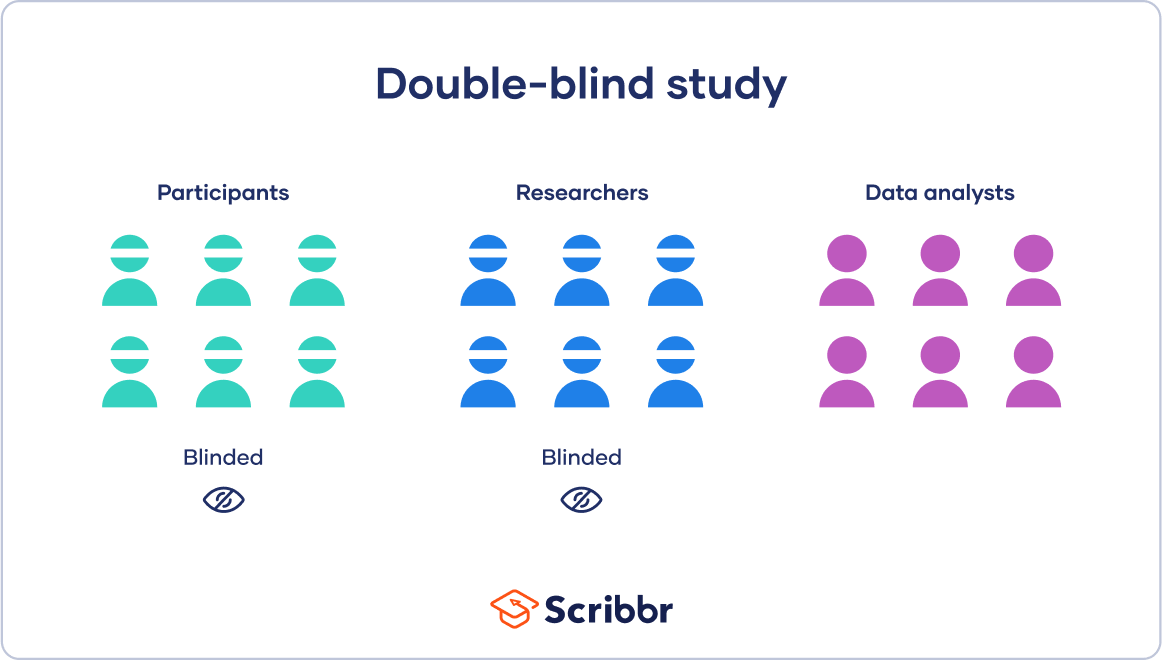
Correct Answer is C
Explanation
A frameshift mutation is a type of genetic mutation that involves the insertion or deletion of one or more nucleotides in a DNA sequence. This can cause a shift in the reading frame of the genetic code, resulting in a change in the amino acid sequence of the resulting protein. Frameshift mutations can have significant effects on the function of the protein and can lead to genetic disorders or diseases.
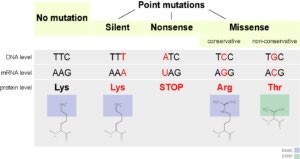 |
Correct Answer is B
Explanation
Chronotropic agents influence the heart rate. These agents can either increase (positive chronotropic) or decrease (negative chronotropic) the rate at which the heart beats.
- Positive chronotropic agents (like adrenaline) increase the heart rate by speeding up the electrical impulses through the heart.
- Negative chronotropic agents (like beta-blockers) slow down the heart rate by reducing these impulses.
Chronotropic agents specifically affect heart rate, not other cardiovascular functions like blood viscosity, contraction strength (influenced by inotropic agents), or vessel elasticity.
The other options are incorrect because:
- A. Blood thickness (viscosity): This is not typically affected by chronotropic agents.
- C. Contraction strength: This is influenced by inotropic agents, not chronotropic agents.
- D. Vessel elasticity: Chronotropic agents affect heart rate, not the elasticity of blood vessels.
The key term is "chronotropic," which relates specifically to heart rate control.
Correct Answer is B
Explanation
Ligaments are tough bands of fibrous tissue that connect two bones together in a joint. They provide stability and support to the joint, preventing excessive movement and helping to maintain proper alignment of the bones.
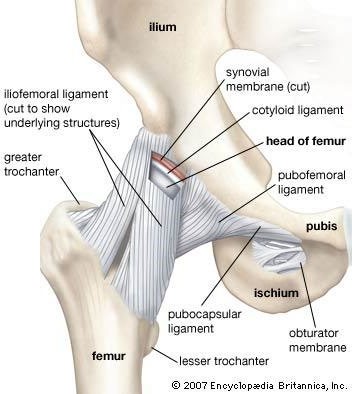
Correct Answer is A
Explanation
Renin is an enzyme that is produced by the kidneys and it acts to elevate blood pressure. When blood pressure falls, the kidneys secrete renin into the bloodstream ³.
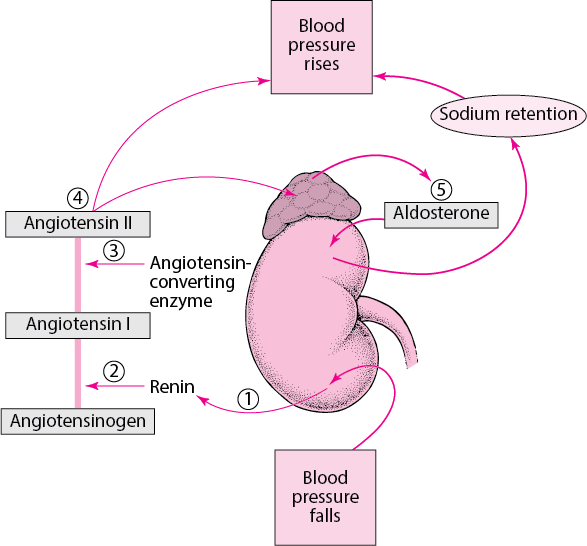 |
This question was extracted from the actual TEAS Exam. Ace your TEAS exam with the actual TEAS 7 questions, Start your journey with us today
Visit Naxlex, the Most Trusted TEAS TEST Platform With Guaranteed Pass of 90%.
Money back guarantee if you use our service and fail the actual exam. Option of personalised live tutor on your area of weakness.
